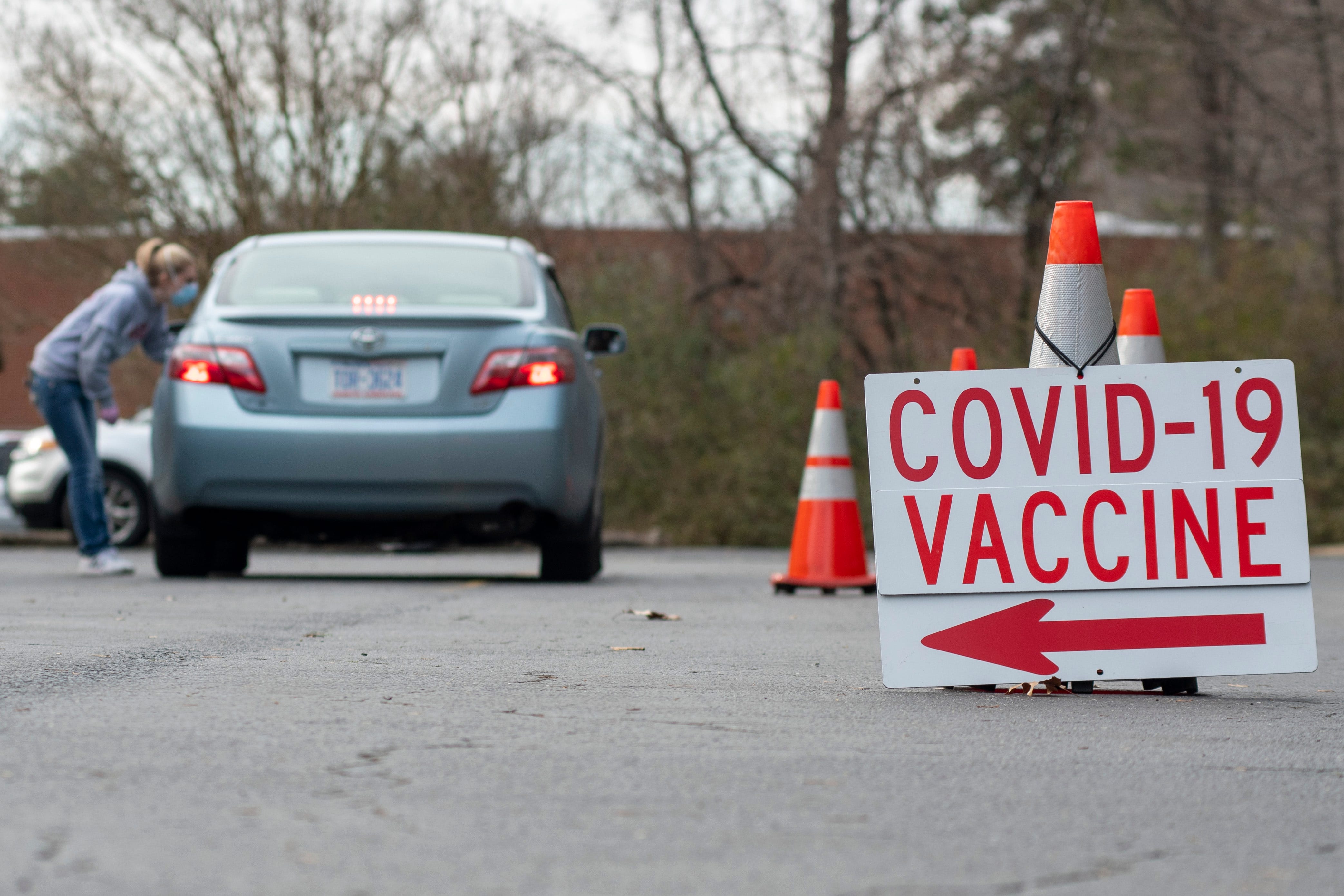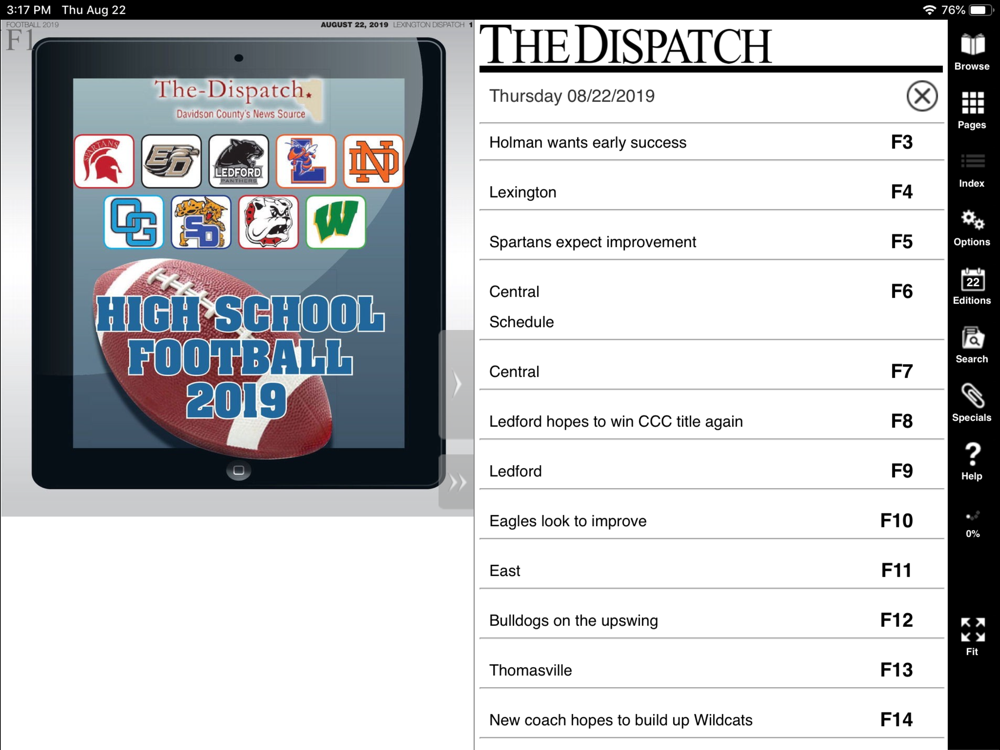When you hear "The Dispatch of Lexington," it might sound like a distant echo from history class. But let me tell you, this ain't just some dry factoid buried in textbooks. It's a pivotal moment that shaped not only a town but an entire nation. The dispatch of Lexington is more than a story; it's a testament to courage, resilience, and the birth of freedom. So grab a coffee, sit tight, and let’s unravel the layers of this fascinating piece of history.
Now, before we dive headfirst into the nitty-gritty, let’s set the stage. Picture this: April 19, 1775. The air is tense. The British are coming, and the townsfolk of Lexington are about to face one of the most defining moments in American history. This event didn’t just happen in a vacuum. It was the culmination of years of growing tension between the American colonies and the British Empire. The dispatch of Lexington wasn’t just a skirmish—it was the spark that ignited the Revolutionary War.
But why does it matter today? Well, buckle up because the lessons we can learn from this historical moment are still as relevant as ever. Whether you're into history, politics, or just plain old curiosity, understanding the dispatch of Lexington gives you a deeper appreciation for where we’ve come from and where we’re headed. So, let’s get started, shall we?
Read also:Hamilton County Tn Mugshots Your Ultimate Guide To Understanding Public Records
If you're looking for a quick overview of what's ahead, here's your table of contents:
- The Historical Background
- The Battle of Lexington
- The Impact on American History
- Modern-Day Relevance
- Key Figures in the Dispatch of Lexington
- Common Myths and Misconceptions
- The Legacy of Lexington
- Educational Resources
- Tourism and Historical Sites
- Conclusion
The Historical Background
Alright, let’s rewind a bit. To truly grasp the significance of the dispatch of Lexington, we need to understand the context. Back in the 1700s, the American colonies were feeling the squeeze from British rule. Taxes without representation? Nope, not cool. The colonists were getting fed up with being told what to do from across the pond.
Enter the Sons of Liberty, a group of rebellious colonists who weren’t afraid to speak their minds—or take action. They were all about resisting British authority, and their efforts laid the groundwork for what was to come. The dispatch of Lexington was the tipping point, the moment when words turned into action.
So, what exactly led up to this historic event? Well, the British were on a mission to confiscate weapons and ammunition from the colonists. But little did they know, the colonists were one step ahead. Cue Paul Revere and his famous midnight ride, spreading the alarm that the British were coming. It was like a 18th-century version of a text message going viral.
Colonial Tensions
Let’s break it down a bit more. The tensions between the colonies and Britain had been simmering for years. The Stamp Act, the Townshend Acts, and the Boston Massacre were just a few of the flashpoints that fueled the colonists’ discontent. By the time 1775 rolled around, things were about to boil over.
And let’s not forget the role of Committees of Correspondence. These were groups set up by the colonies to share information and coordinate efforts. They were like the WhatsApp groups of the 1700s, keeping everyone in the loop and ready for action.
Read also:Who Plays Paige On Young Sheldon Unveiling The Talent Behind The Character
The Battle of Lexington
Now, let’s talk about the main event—the battle itself. On the morning of April 19, 1775, the British troops marched into Lexington. They were met by a small group of militiamen on the town green. The scene was tense, and no one knew what was about to happen.
Then, out of nowhere, a shot rang out. Historians still debate who fired that first shot, but one thing’s for sure—it was the shot heard 'round the world. The skirmish that followed was brief but significant. The British eventually moved on to Concord, but the damage was done. The war had begun.
Details of the Skirmish
Here’s a quick rundown of what went down that morning:
- Approximately 70 militiamen faced off against around 700 British troops.
- The battle lasted only a few minutes, but it resulted in several casualties.
- The exact number of casualties varies depending on the source, but it’s generally agreed that the British suffered more losses.
It’s worth noting that the militiamen were vastly outnumbered and outgunned, but they stood their ground. That kind of bravery is what makes the dispatch of Lexington such a powerful story.
The Impact on American History
So, what happened next? The battle of Lexington was just the beginning. It set off a chain reaction that led to the Revolutionary War, a war that would ultimately result in American independence. The dispatch of Lexington wasn’t just a local event—it had far-reaching consequences.
For one thing, it galvanized the colonies. People who had been sitting on the fence were now ready to fight for their freedom. The Continental Congress was called into action, and George Washington was appointed as commander-in-chief of the Continental Army. The momentum was building, and there was no turning back.
Long-Term Effects
Fast forward to today, and you can still see the impact of the dispatch of Lexington in American culture. It’s a symbol of resistance and the fight for freedom. Every year, people gather in Lexington to commemorate the event, keeping the memory alive for future generations.
And let’s not forget the global impact. The success of the American Revolution inspired other nations to seek their own independence. It was a domino effect that changed the course of world history.
Modern-Day Relevance
But why should we care about the dispatch of Lexington today? Well, it’s more relevant than you might think. The principles of freedom and democracy that were fought for back then are still being fought for today. Whether it’s voting rights, civil liberties, or social justice, the lessons of Lexington are as important now as they were in 1775.
Think about it. The colonists were standing up against an oppressive regime, demanding their rights. Sound familiar? The same struggles are happening all over the world today. The dispatch of Lexington reminds us that change is possible, even in the face of overwhelming odds.
Applying Historical Lessons Today
So, how can we apply these lessons in our own lives? For starters, we can be more informed and engaged citizens. We can stand up for what we believe in and work towards a better future. The dispatch of Lexington shows us that even small actions can have a big impact.
And let’s not forget the importance of unity. The colonists didn’t win the war on their own—they had to come together and work as a team. In today’s divisive climate, that’s a lesson we could all stand to learn.
Key Figures in the Dispatch of Lexington
Now, let’s talk about some of the key players in this historic event. There were a lot of people involved, but a few stand out as particularly important.
Paul Revere
First up, we have Paul Revere. You’ve probably heard of him thanks to that famous poem by Henry Wadsworth Longfellow. Revere’s midnight ride was instrumental in warning the colonists that the British were coming. Without his bravery, the outcome of the battle might have been very different.
John Parker
Then there’s John Parker, the captain of the Lexington militia. He was the one who gave the order to stand their ground, even though they were heavily outnumbered. His leadership and courage played a big role in the events of that morning.
And let’s not forget the British commanders, like Lieutenant Colonel Francis Smith. Their actions and decisions also shaped the course of history, even if they weren’t on the winning side.
Common Myths and Misconceptions
Now, before we move on, let’s clear up a few myths. Over the years, a lot of misconceptions have cropped up about the dispatch of Lexington. Some of them are harmless, but others can be downright misleading.
For example, did you know that Paul Revere didn’t actually shout “The British are coming!”? That’s a myth that’s been perpetuated by popular culture. In reality, he was trying to be discreet, spreading the word quietly to avoid detection.
Setting the Record Straight
Here’s a quick list of some other common myths:
- The battle was fought entirely on the town green. Actually, it spilled over into other areas of Lexington.
- The colonists were completely unprepared. While they were outnumbered, they had been drilling and preparing for months.
- The British were invincible. They were well-trained, but they faced significant challenges in the colonies.
By understanding these myths, we can gain a more accurate picture of what really happened that day.
The Legacy of Lexington
So, what’s the lasting legacy of the dispatch of Lexington? Well, it’s twofold. First, there’s the historical legacy. The events of that day are enshrined in American history books, a reminder of the courage and sacrifice of those who fought for freedom.
Then there’s the cultural legacy. The dispatch of Lexington has inspired countless works of art, literature, and film. It’s a story that continues to captivate and inspire people around the world.
Preserving the Legacy
Efforts are ongoing to preserve the legacy of Lexington. Historical sites are maintained and restored, and educational programs are offered to teach future generations about this important moment in history. It’s a legacy worth protecting, and one that deserves to be shared with the world.
Educational Resources
If you’re interested in learning more about the dispatch of Lexington, there are plenty of resources available. From books and documentaries to online courses and museum exhibits, there’s something for everyone.
Some recommended reads include “1776” by David McCullough and “The Shot Heard Round the World” by Bob Ruppert. And if you’re into documentaries, check out “The American Revolution” on PBS. These resources will give you a deeper understanding of the events and their significance.
Tourism and Historical Sites
Of course, nothing beats visiting the actual sites where history was made. Lexington is full of historical landmarks and museums that bring the past to life. The Battle Green, the Lexington Historical Society, and the Minuteman National Historical Park are just a few of the places you can explore.
Tours are available year-round, offering guided visits and reenactments. It’s a great way to experience history firsthand and gain a new appreciation for the events that shaped our nation.
Conclusion
So, there you have it—the dispatch of Lexington in all its glory. From its historical significance to its modern-day relevance, this event continues to resonate with people around the world. The courage and determination of the colonists serve as a powerful reminder of what can be achieved when people stand up for their rights.
Now, here’s where you come in. Take a moment to reflect on what you’ve learned. Share this article with a friend or family member. Visit a historical site or pick up a book on the subject. Every little bit helps keep the memory of Lexington alive.
And remember, the dispatch of Lexington wasn’t just a moment in history—it’s a lesson for the present and the future. So, let’s honor those who came before us by continuing the fight for freedom and justice. After all, the battle isn’t over until the war is won. And that’s a battle we can all be a part of. Cheers, folks!


